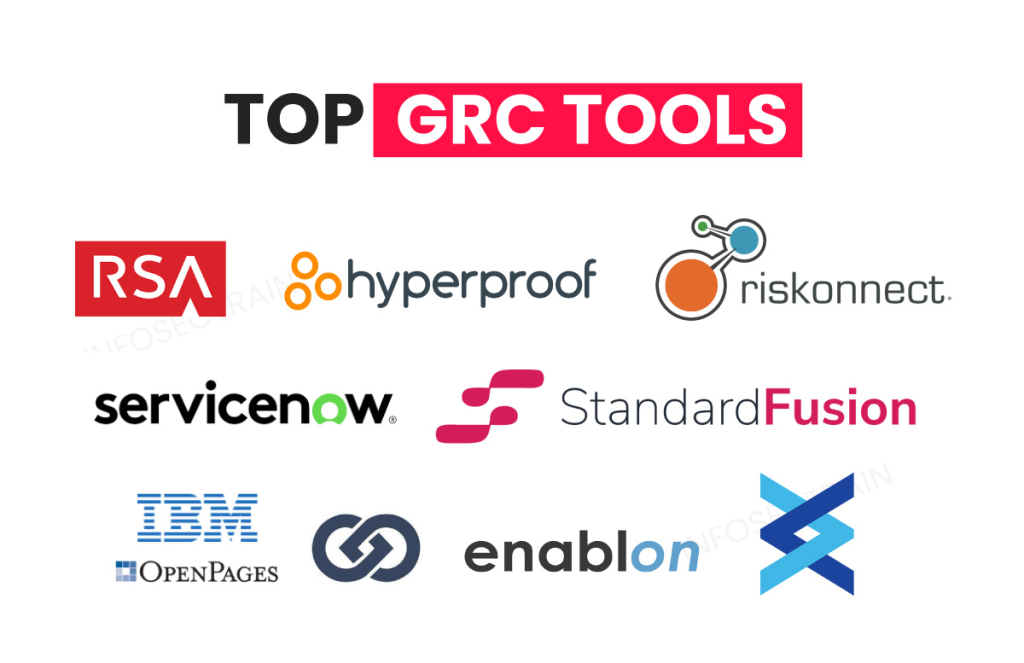
The landscape of compliance and governance (GRC) tools in 2024 is thriving with innovation and adaptation to ever-changing regulations and complexities. Here’s an overview of key trends and promising tools:
Top Trends:
- Integration and Automation: Tools are integrating risk management, compliance, and governance functionalities for a holistic approach. Automation is streamlining tasks like documentation, reporting, and audits.
- AI and Machine Learning: AI/ML capabilities are being used for predictive risk assessments, anomaly detection, and automated compliance processes.
- Cloud-based Solutions: Cloud adoption is increasing, offering easy access, scalability, and collaboration for GRC tools.
- Focus on Data Governance: Managing data privacy, security, and access control is crucial, with tools providing better data lineage and control.
- Third-party Risk Management: Tools are helping assess and manage compliance risks associated with vendors and suppliers.
Popular Tools:
- RSA Archer: Offers a comprehensive suite for risk management, compliance, and audit.
- Hyperproof: Cloud-based platform with strong automation and AI capabilities for compliance.
- LogicManager: Risk-based approach to GRC with intuitive interface and extensive risk libraries.
- Riskonnect: Integrated platform for risk management, compliance, and vendor management.
- SAP GRC: Robust solution for enterprise-wide compliance and risk management.
- SAI360: Cloud-based platform for managing information security and compliance requirements.
- ServiceNow: Offers GRC functionalities within its broader IT service management platform.
- StandardFusion: Cloud-based platform for simplifying and automating compliance processes.
- Enablon GRC: Comprehensive solution for environmental, health, and safety (EHS) compliance.
- ZenGRC: Cloud-based platform for simplifying GRC processes for small and medium businesses.
Choosing the Right Tool:
Consider your specific needs, industry, budget, and technical expertise when selecting a tool. Evaluate factors like functionality, scalability, user-friendliness, integration capabilities, and vendor support.
This is not an exhaustive list, and new tools emerge frequently. Research your options thoroughly and choose the tool that best suits your organization’s requirements.
Latest posts by Rahul Singh (see all)
- Mutual of Omaha: Selection and Interview process, Questions/Answers - April 15, 2024
- AES: Selection and Interview process, Questions/Answers - April 15, 2024
- Amphenol: Selection and Interview process, Questions/Answers - April 15, 2024

